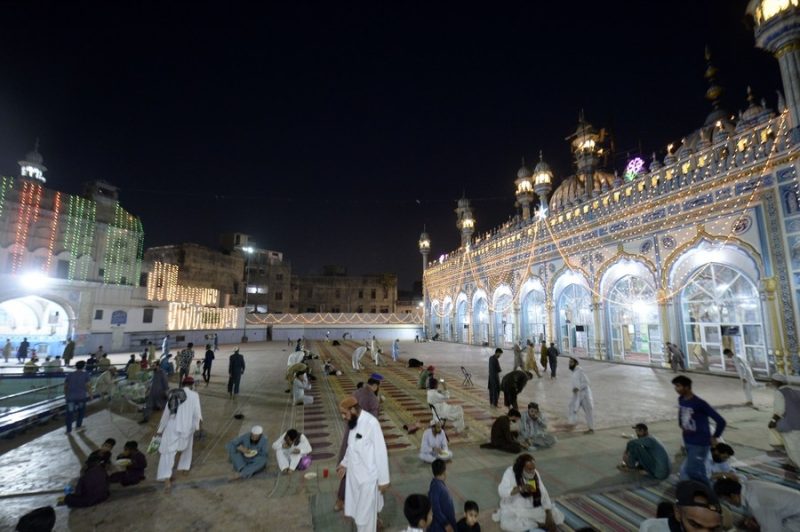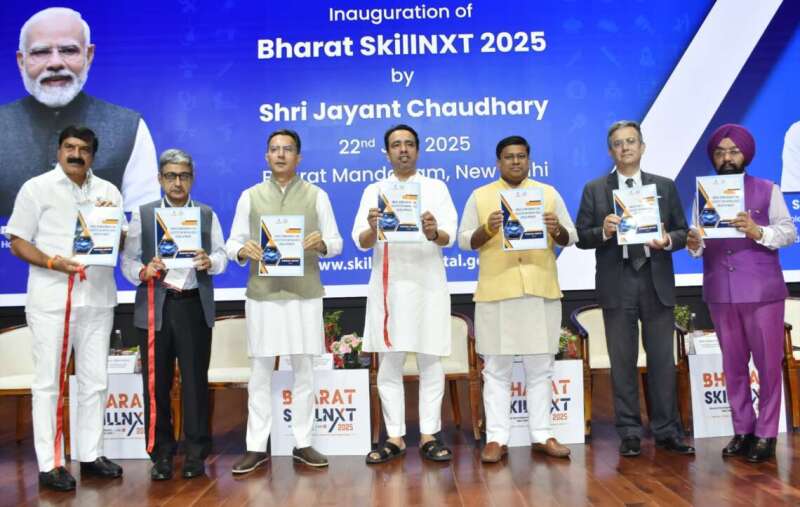To help understand why some galaxies “burst” while others do not, an international team of astronomers have dissected a cluster of star-forming clouds at the heart of NGC 253, one of the nearest starburst galaxies to the Milky Way.
 Starburst galaxies transmute gas into new stars at a dizzying pace – up to 1,000 times faster than typical spiral galaxies like the Milky Way.
Starburst galaxies transmute gas into new stars at a dizzying pace – up to 1,000 times faster than typical spiral galaxies like the Milky Way.
“All stars form in dense clouds of dust and gas. Scientists, however, struggled to see exactly what was going on inside starburst galaxies that distinguished them from other star-forming region,” said Adam Leroy from the Ohio State University in Columbus.
They used the Atacama Large Millimeter/submillimeter Array (ALMA) in northern Chile that offers the power to resolve individual star-forming structures even in distant systems.
Leroy and his colleagues mapped the distributions and motions of multiple molecules in clouds at the core of NGC 253 – also known as the “Sculptor Galaxy”.
Sculptor, a disk-shape galaxy currently undergoing intense starburst, is located approximately 11.5 million light-years from Earth.
ALMA’s exceptional resolution allowed the researchers to first identify 10 distinct stellar nurseries inside the heart of “Sculptor”.
The team mapped the distribution of about 40 millimetre-wavelength “signatures” from different molecules inside the centre of the galaxy.
By comparing the concentration, distribution and motion of these molecules, the researchers were able to peel apart the star-forming clouds in Sculptor, revealing that they are much more massive, 10 times denser and far more turbulent than similar clouds in normal spiral galaxies.
“These differences have wide-ranging implications for how galaxies grow and evolve,” said Leroy who was formerly with the National Radio Astronomy Observatory (NRAO) in Charlottesville, Virginia.









